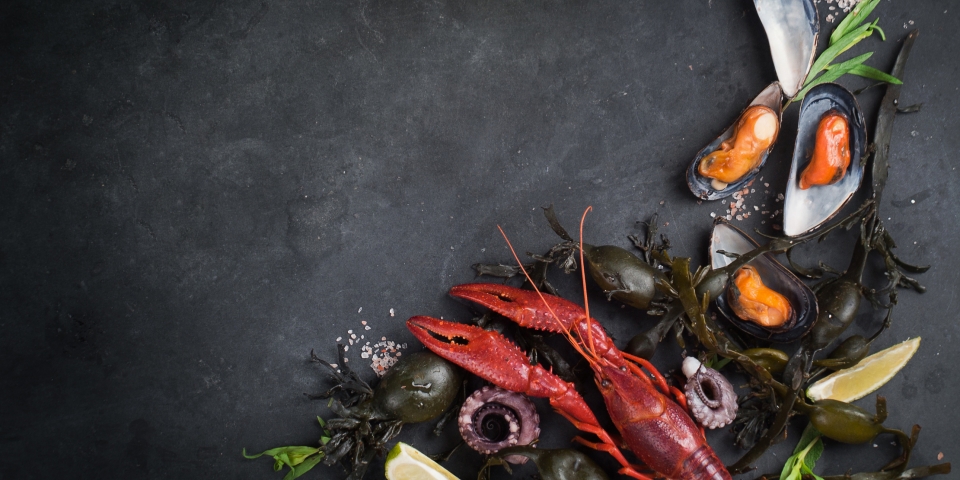


China’s imports of seafood from EU grew from EUR 225.2 million in 2010 to EUR 385.3 million in 2015, led by rapid urbanisation, increasing incomes and more diversified retailed channels available in the country.
Mackerel, codfish, shrimp, cuttlefish, squid, plaice and oyster were among the main types of seafood imports to China from EU.
Despite the vast opportunities emerging from this fast-growing market, the process of bringing seafood products to China and getting them sold is not simple. China’s new Food Safety Law, a stricter regulation effective since 2015, requires a seafood exporter to be cautious about their processing procedures and the qualifications of distributors, because the exporter and importer/distributor will all be responsible for food safety. Meantime, EU exporters may find pricing a challenge due to competition from countries or regions that have signed free trade agreements with China and enjoy preferential tariffs.
This guideline prepared by the EU SME Centre and the China-Britain Business Council will clarify the exporting and importing procedure for seafood products under China’s new Food Safety Law. You will learn the eight steps to bringing your products to the country and what you should look out for at each step during the process.
Key Contents
Introduction
Market Overview Seafood Consumption in China
Regulatory Framework
Export Guidance
Challenges and Recommendations
Cases and Examples
Annexes
About the Authors
Peipei Xiong, Project Executive, China- Britain Business Council (CBBC)

Peipei Xiong joined CBBC as Project Executive in January 2013 and has helped several UK companies to enter the Chinese market or identify potential partners in China. Peipei has been involved in projects in various industries including healthcare and life-sciences, ICT, food & beverage and cultural and creative industries. Peipei has previously co-written the EU SME Centre’s Medical Device report, which was published in 2015 and co-presented a webinar, which provided an overview of the report and opportunities for EU SMEs in China. Peipei holds a bachelor’s degree in English Language and Literature from Shihezi University.
Aideen Clery, Trade Services Manager, China- Britain Business Council (CBBC)

Aideen Clery assists with the delivery of Business Support Services (BSS) projects across CBBC’s 13 offices in China. She has worked on over 400 BSS projects and other CBBC Research projects since joining CBBC in 2012. Aideen has worked on reports covering various sectors including food & beverage, advanced engineering, pharmaceuticals, medical devices, cosmetics and retail amongst others; Aideen has therefore developed knowledge of the challenges companies face when entering in the Chinese market. Aideen came to China in July 2012. In September 2016, she transferred to Belfast, to head up CBBC’s Northern Ireland office. Aideen has a BA in Language and Cultural Studies and Masters in International Relations.
Martina Gerst, Standard and Conformity Assessment Advisor, EU SME Centre 
Contact
If you have any questions please send us an email at info@eusmecentre.org.cn
This report was published during the EU SME Centre in China Phase II (2014-2020), which was funded by the European Union (ICI+/2014/346-276).
The report was drafted in collaboration with external creators, who worked under service agreements with the Consortium running the EU SME Centre Phase II. The copyrights and intellectual property of this publication belong to the Consortium partner China-Britain Business Council. The latter was authorised by and acted on behalf of the Consortium running EU SME Centre in China Phase II. The China-Britain Business Council, which is currently part of the Consortium running the EU SME Centre in China Phase III, has granted the rights of use of this report to the current Consortium. The report is therefore re-published and made available during the EU SME Centre Phase III.